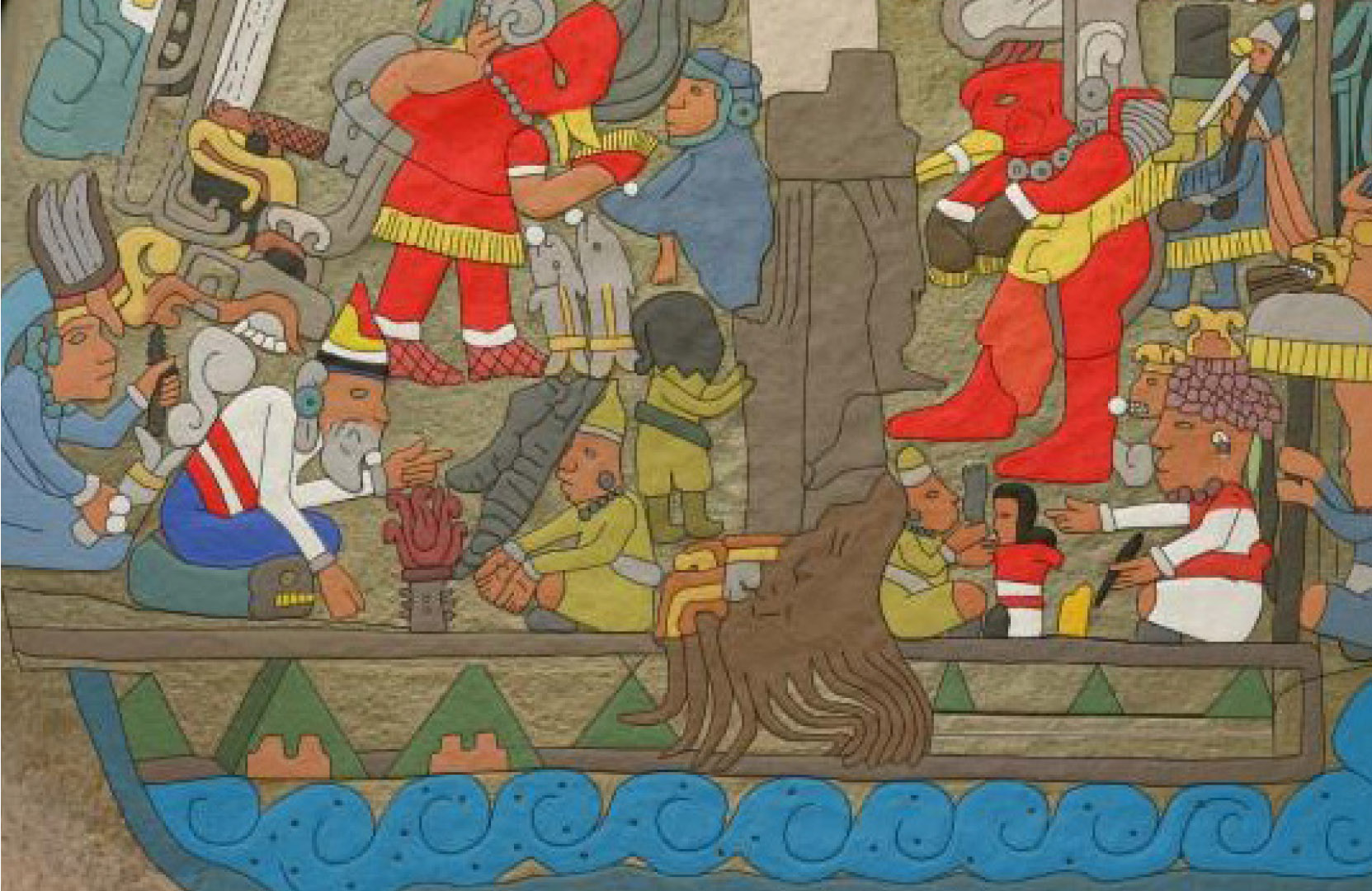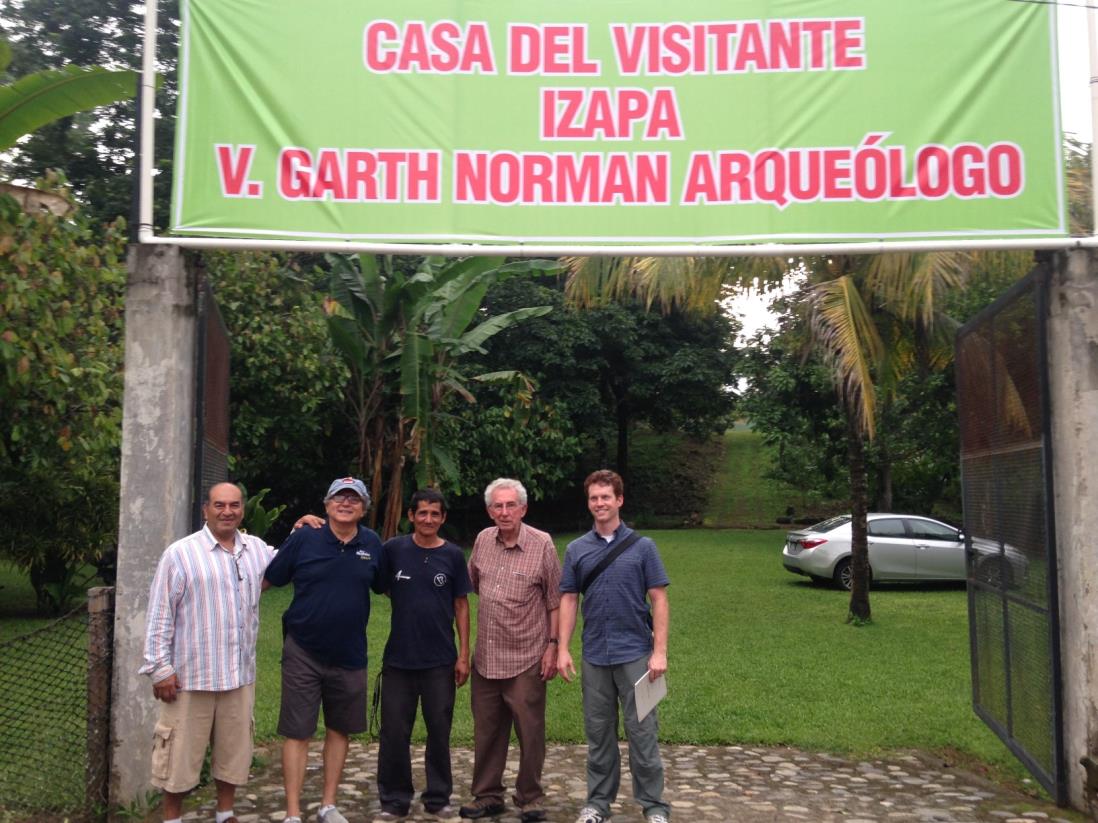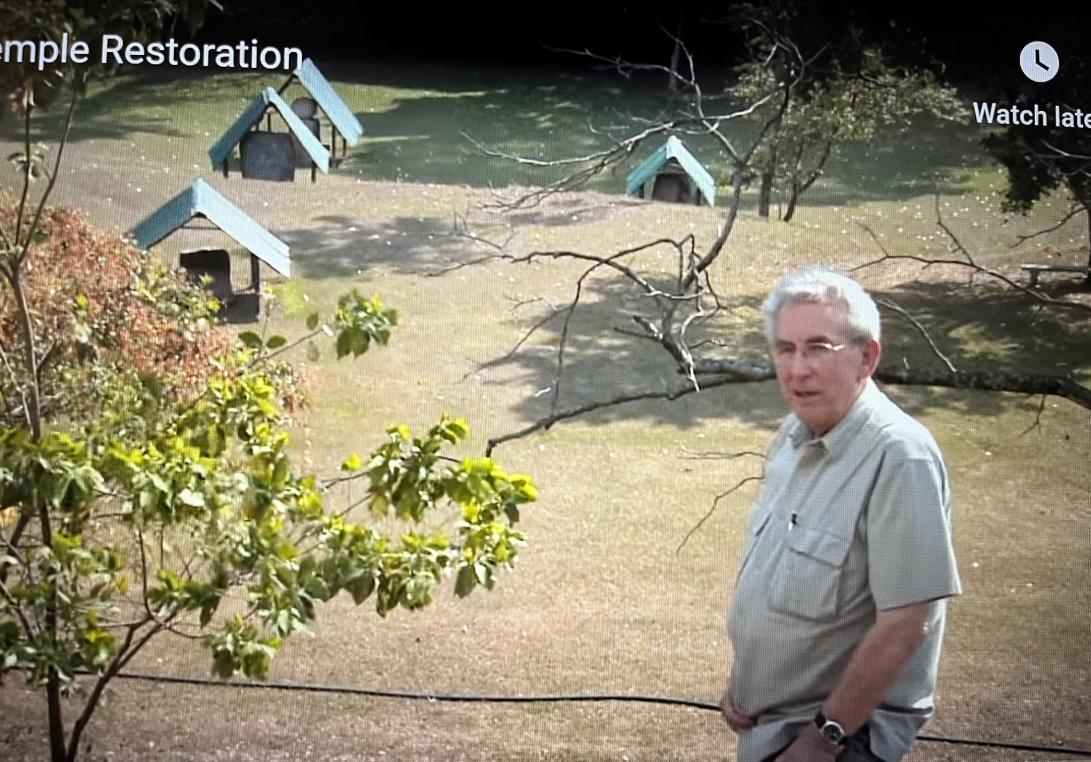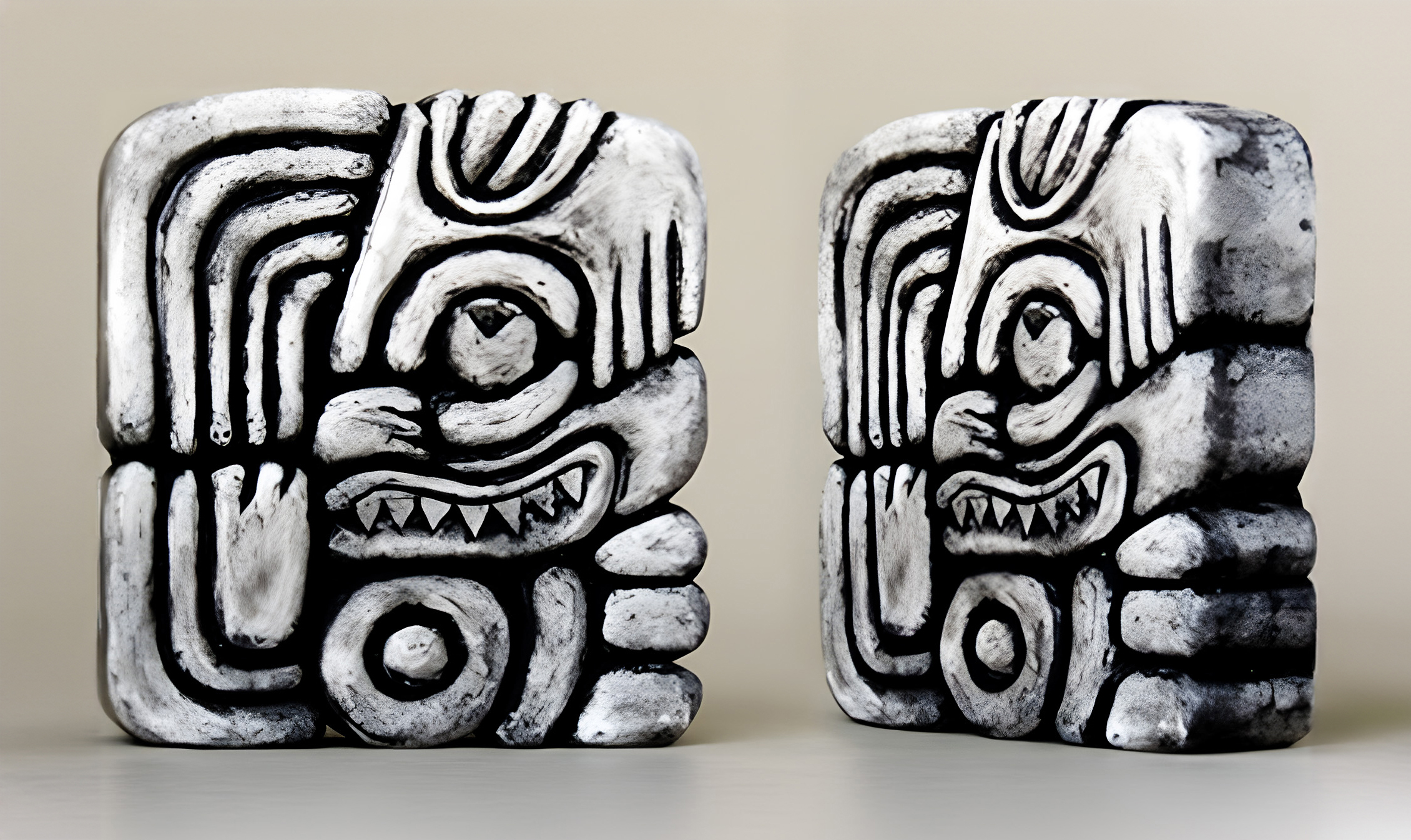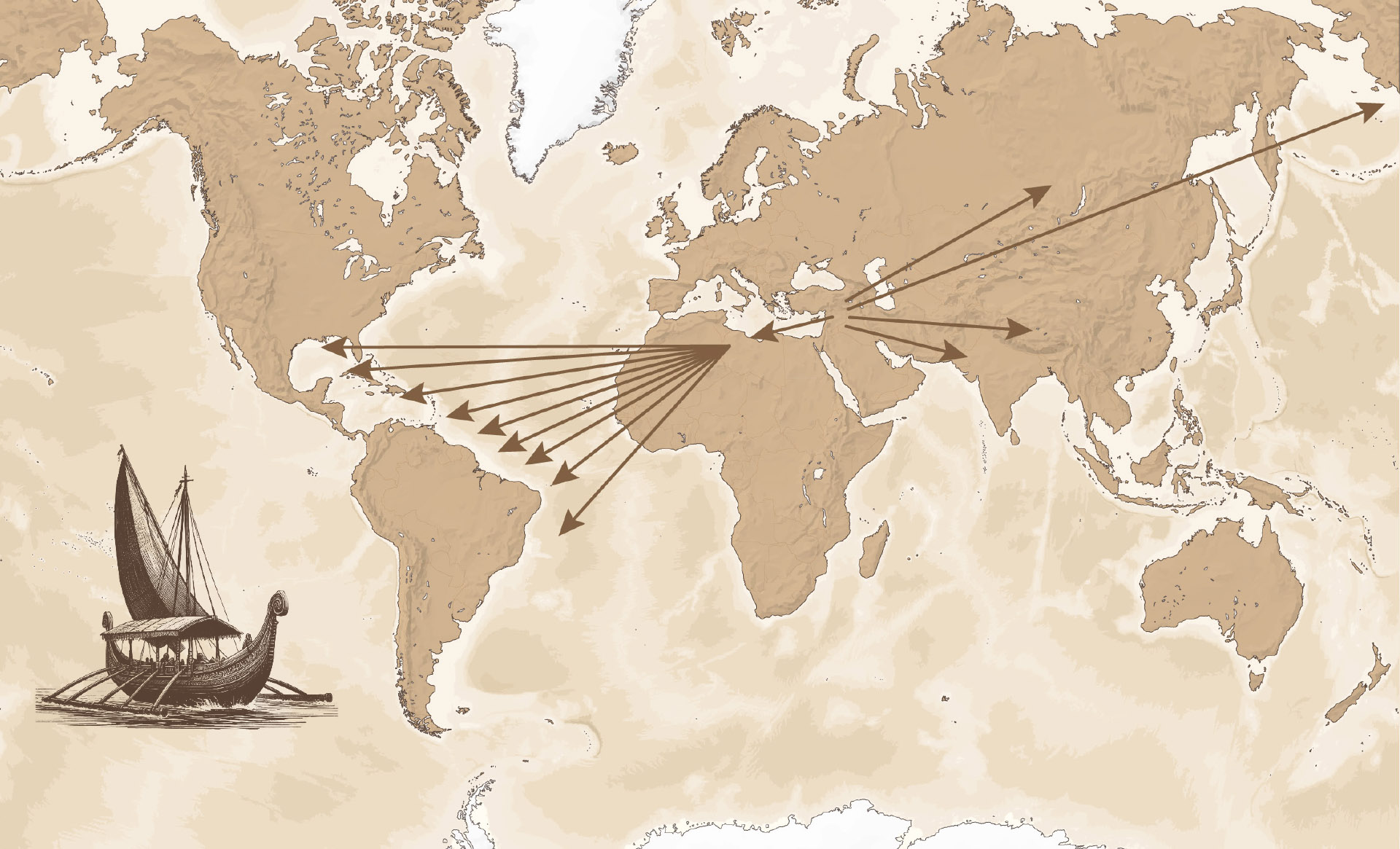Estela 5 de Izapa. La Historia Del Sueňo De Lehi
by Kemish Tovar and Javier Tovar English translation by Dulce Navas Castro
(Video in Spanish, Article in English.)
To many of our readers talking about Izapa’s Stela 5 can be normal. It’s been said the stone has engravings that represent Lehi and his family. It’s been explained that the whole family can be found there, and therefore in Izapa we can find the depiction of the Tree of Life.
In the region of Izapa-Chiapas, you can find settlements that date to 1500 BC and there is a big interest in everything that has been found in this place.
The archeological site is located 6 km from the City of Tapachula. The architectural complex has been divided in two sections due to the international highway that was built in between that goes from Tapachula to Tuxtla Chico.
The archeological zone consists of 8 groups of mounds, the biggest pyramid is Mound 60. This pyramid is about 20 meters tall. Most of the pyramids and constructions were made out of dirt and limestone brought from the river.
The principal piece of Izapa is Stela 5, which has many interpretations, for example, some people believe it represents passages from the Popol Vuh, a sacred book of the Mayan K’iches that talks about the creation. Some Stelae seem to portray parts of the creation as mentioned in the book. One of the passages talks about how the Gods made the seas, the valleys, the mountains, the plants and the animals, and even beings who worship them and bring forth offerings.
Other researchers like Linda Schele and Mary Ellen Miller propose that in Stela 5 there is a creation ritual registered and they claim to see how humans come out of a hole on the left side of the tree. there are also representations of humans sitting, but they don’t describe which personages they are.On another side, Julia Gurnsey suggests that the figures sitting down are Izapa’s elite people performing rituals, a historic scene found in a passage of the Popol Vuh Book, symbolic of the creation.
The different interpretations concur that Izapa’s Stela 5 tells of real events with real personages and that it is about sacred accounts that use the symbolism of a sacred tree to point to religious beliefs.
Documented initially by the archeologist Matthew Sterling in 1941, Stela 5 is made out of volcanic rock and weighs around 1 and half tons. On the carvings, you can observe 12 human figures, 12 animals, 25 botanical designs, and 9 masks of deities, all styled with opulence.
The idea that Stela 5 represents Lehi’s dream came from M. Wells Jackman from the BYU archeological department. Nevertheless, it was the archeologist V. Garth Norman who did most of the studies and research on Stela 5. He explained that Stela 5 is a religious narrative where there are human figures and patterns of movement that point to the meaning of the represented events.
The central image is the tree, but the deities with bird masks on each side are also focal points. Norman said that the tree is a symbol of the human transition. This would mean a representation of the ancestral tree from where Men originate, a symbol of the earth, the underworld, and the paradise in heaven where man can be reborn. Norman saw in Stela 5 the representation of Lehi, Sariah, Nephi, Sam, Laman, and Lemuel, sitting above the river of water, and with multitudes of people, etc.
Norman also explained Izapa’s Stela 5 is described in the Book of Mormon Tree of Life account in 1st Nephi 8, and also the twelve roots of the tree represent the 12 tribes of the House of Israel as mentioned in Jacob 5.
He identified 2 people sitting with their backs to the tree as Laman and Lemuel. He identified a family sitting on the ground which would be Lehi and Sariah’s family. Included is a high priest just like Lehi, a central tree, a path leading to the tree, a river running close to the tree, a blind person, someone holding onto the tree, and celestial beings assisting the tree.
To the studies of the previous academics, I might add a reinforcement to the declaration that Izapa was a Nephite land. This place is a region called Soconusco, the name was given by the Aztecs or Micas when they conquered the territory to obtain tributes.
Soconusco means place of the bitter cactus or places of the tunas, a very general description but it helps us to explain the following: this region before being named Soconusco had a different name “Zaklohpakab” from the Meme language that comes from the Mayan K’iche and means “ Ancestral Fathers“.
The land of our ancestors makes perfect sense to the topic of geography or lands of the Book of Mormon, because it is precisely in this region that we propose was the Land of the first inheritance and as we said before there is also the Stela 5, a Nephite narrative carved in stone.
We just went to Izapa, and sadly we saw that the Stela 5 doesn’t have the proper care, the current owners of the land have cattle all around and other domestic animals which has generated damage to the soil and land which once were sacred plazas. The archeological site is private and the owners have it sheltered and under custody. But it is sad to see the little care and bad state of such an important site for us. In a nutshell, the work of the archeologist M. Wells Jakeman opened the possibility or connection between Izapa’s archeology and the Book of Mormon. The research from V. Garth Norman backed up Jackman’s findings and broadened the justifications to fully accept that Izapa’s Stela 5 is related with The Book of Mormon.
Watch this video for more information on Stela 5 of Izapa.

